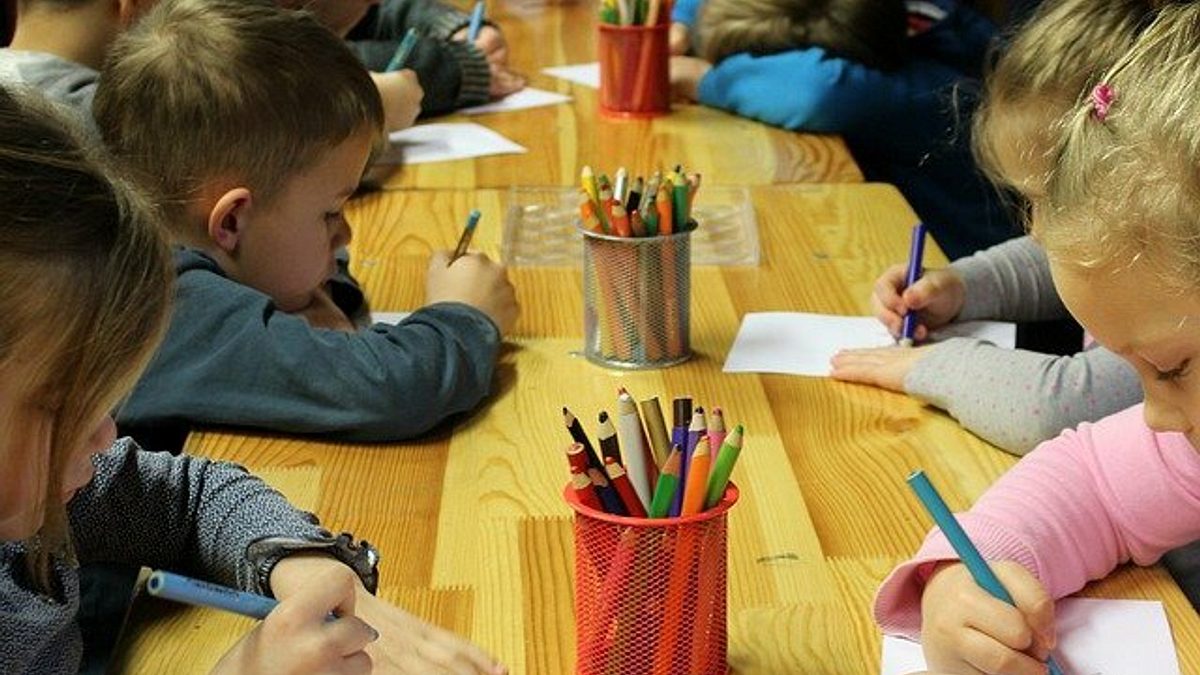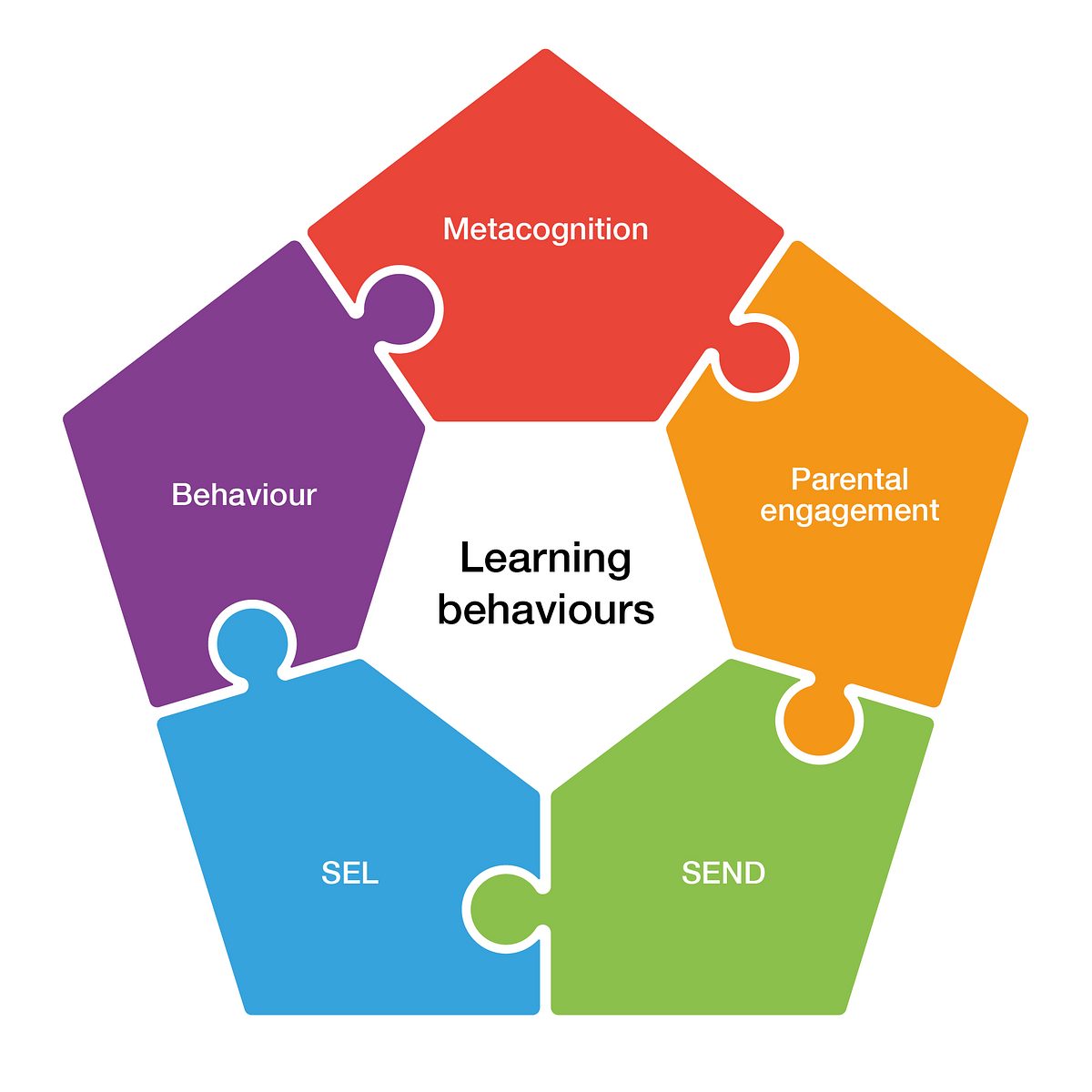
Blog -
Re-establishing rich, rigorous and reflective relationships with your parents
Sonia shares a range of EEF resources and tools that the schools can employ to support effective work with parents.

Share on:

by St. Matthew's Research School
on the
As part of a longer term project on Learning Behaviours, and following initial training from St Matthew’s Research School, Terri Strong, Early Years Leader at Coleshill Heath School
used guidance from the EEF report on Metacognition and Self-Regulated Learning to introduce metacognitive strategies to 120 children in Nursery and Reception. In this case study, she shares the impact so far.

Initially we focused, as a whole school, on the first recommendation: Teachers should acquire the professional understanding and skills to develop their pupils’ metacognitive knowledge.
We spent two INSET mornings exploring what is meant by ‘Metacognition and Self-Regulation’ and looking at the EEF’s seven step model and how it can be applied to lessons. We discussed ‘think alouds’ in detail. How we can model what we are thinking explicitly (as teachers) to support children with learning strategies to tackle tasks? This led us to the third recommendation: Model your own thinking to help pupils develop metacognitive and cognitive strategies.
During the national lockdown, we worked on this by recording videos for our EYFS children which explicitly modelled the learning and included ‘think alouds’ from staff.
Meanwhile, I began researching how metacognition could be applied to the Early Years. The many works of David Whitebread described how children are capable of learning metacognitive strategies and self-regulation from a very young age. I also turned to ‘A to Z of Thinking Moves’ (Roger Sutcliffe, 2019) and ‘Beautiful Thinking’ (Dulcinea Norton-Morris, 2021). I realised that the ‘vocabulary for thinking’ that they offered would help staff to understand different metacognitive strategies that our children already use, enabling us to talk about them in everyday learning.
In a further INSET, teaching assistants from the foundation stage were encouraged to unpick their previous observations. Were the children using metacognitive strategies? … Yes. Were we using ‘thinking language’ to support children with understanding the strategies behind their learning? … Not very often.
This realization supported us to choose a few Thinking Moves to focus on to address Recommendation five: Promote and develop metacognitive talk in the classroom.

We began by teaching a ‘Thinking Move’ a week during short 20 minute sessions, matching the name of the move to a Makaton action to support understanding. The sessions included the use of talk partners, were planned using the 7 Step Model, involved ‘Big Questions’ that didn’t have a right or wrong answer but instead, led to discussion and debate (‘what ifs?’). The language used in the session was then used in other lessons throughout the week by all staff. An additional aim was to support children in their ‘child-initiated’ play, when they have chosen their own activities within the classroom, to help them to verbalise the planning, thinking, and changes they make as they learn through their chosen methods.
So far, staff have developed their understanding of metacognitive strategies and are confident to use the thinking vocabulary we have chosen across the setting in a range of situations, and across curriculum areas. Agreeing on vocabulary and a small number of Thinking Moves to focus on has been a successful way to engage all staff.
Whole class teaching inputs are planned to the 7 Step Model across the EYFS, and staff are able to successfully use ‘Think Alouds’ to explicitly model strategies and use metacognitive language across the curriculum.
The children are beginning to use the names of the Thinking Moves, understanding what they mean through exciting conversations. Initially, children’s reasoning when answering questions was limited to “because it is” and “I don’t know”. Many are now using extended sentences such as, “I would rather have a rat, even though they are smelly and greedy, because spiders are so creepy.” Children have been empowered by the open-ended discussions and the focus being on the ‘strategy’ rather than the ‘correct answer’. Pupils that were previously shy and reserved are showing more confidence and speak in front of their peers, and often enjoy giving answers that other children may not have considered. They often think back to what we did previously, to help them tackle a new task, understanding that we can use ‘Thinking Moves’ in a range of situations. Pupils are beginning to show confidence in other subjects in the curriculum, e.g. offering new ideas to mathematical problems. Pupils are also eager to give several answers in conversations, “maybe we could……also I think…..and as well…”

Blog -
Sonia shares a range of EEF resources and tools that the schools can employ to support effective work with parents.

Blog -

Blog -
The EEF Primary Science report, with six recommendations for improving science teaching, is discussed by Emily Johnston.
This website collects a number of cookies from its users for improving your overall experience of the site.Read more